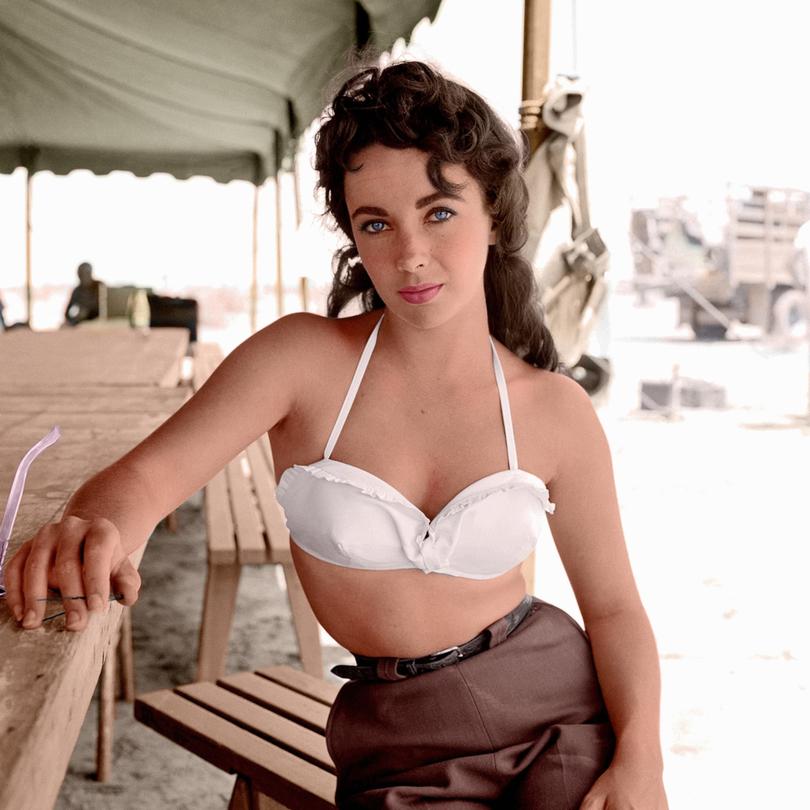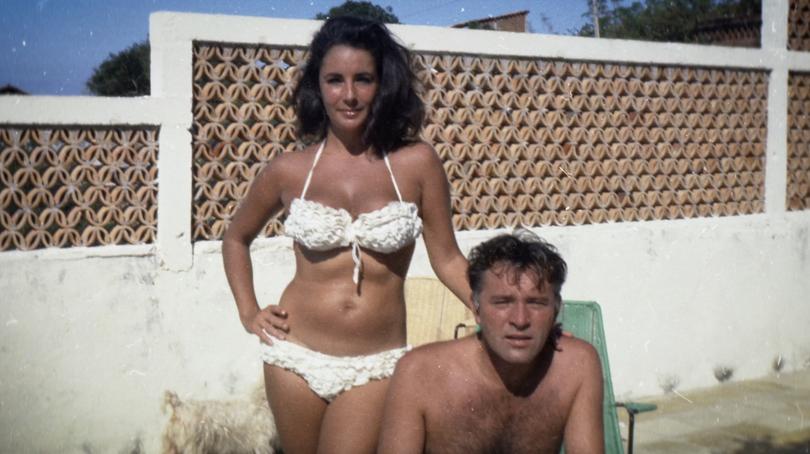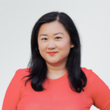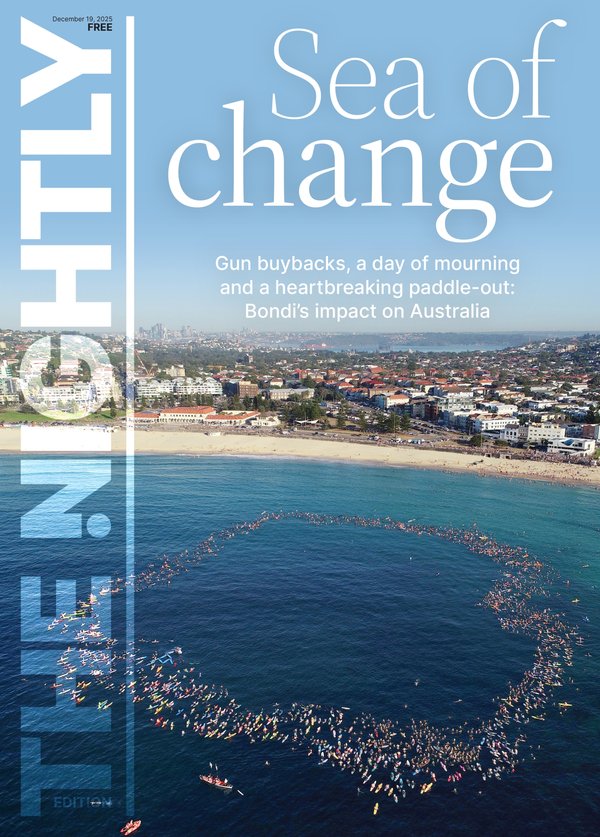Elizabeth Taylor reclaims her own story in her own voice in The Lost Tapes documentary

Roddy McDowell still remembered the first time he met Elizabeth Taylor.
She had been hired on his 1943 film Lassie Come Home in a small part. She was 10 years old and McDowell thought she was “the most beautiful thing I ever saw in my life”.
The legendary screen star was famed for her beguiling looks, especially those penetrating blue eyes that the press dubbed “violet” for their depth of colour.
Sign up to The Nightly's newsletters.
Get the first look at the digital newspaper, curated daily stories and breaking headlines delivered to your inbox.
By continuing you agree to our Terms and Privacy Policy.She was even more renowned for her marriages – eight times to seven men.
But is that fair to Taylor’s legacy? She won two Oscars (one for Who’s Afraid of Virginia Woolf? and another for Butterfield8) but when her name comes up, it’s usually first associated with her tumultuous personal life, or the disastrous production and reception to Cleopatra, then the most expensive movie ever made.
A new documentary, Elizabeth Taylor: The Lost Tapes, wants to reclaim Taylor’s story for Taylor, reframing her life in her own words and voice.
The tapes in question are 40 hours of audio recorded by journalist Richard Meryman in conversations with Taylor over 1964 and 1965. He wrote a profile and then a book on Taylor but the recordings had never before been released.

They weren’t “lost” so much as unpublished, and have now been restored and cleaned up. It’s an incredible archive to have out in the world, the significance of hearing Taylor recount her experience and her frustrations can’t be overstated.
And director Nanette Burstein knew exactly what she had, choosing this moment, packed with pathos, to open the film and frame the conversation.
In response to a question from Meryman about what she thinks her public image is, Taylor says, “I would think it was an untrustworthy lady, completely superficial and not too pretty.
“I mean, inside. Maybe because of my personal life, I suggest something illicit but I am not illicit and I am not immoral. I’ve made mistakes and I have paid for them. Still, it doesn’t make up. I know I will never be able to pay the bill but that is not something you can put in the story.”
The insight and self-awareness in that comment reveals a person who understands that she symbolises something contaminated to the public, that she is a fallen woman in the eyes of the puritanical who will only accept one version of an ideal – and that she can never be redeemed.
And that she functions as a figure to make other people feel better about their own foibles. That is often the purpose of gossip and scandal, for the majority to negotiate the boundary of what they will and won’t accept. It’s a way to test out where your friends and neighbours sit on the spectrum of collective morality.

When Taylor gave that statement, she had already “been through” four husbands – the abusive Conrad Hilton Jr she married when she was 18 years old (they separated after mere months), the older Michael Wilding, the ebullient Mike Todd who died in a plane crash, and comedian Eddie Fisher.
It was the Fisher marriage that really tore her down in the public eye. Fisher had been best friends with Todd and after Todd’s death, Fisher became a shoulder to cry on for a young grieving widow, then only 26 years old.
But Fisher was married to Debbie Reynolds, then America’s sweetheart thanks to her warm onscreen presence in the likes of Singing in the Rain. When Fisher left the faired-haired Reynolds for the sultry seductress Taylor, the latter was labelled a homewrecker.
In a dynamic that would be repeated four decades later when Brad Pitt had an affair with Angelina Jolie on the set of Mr & Mrs Smith while still married to Jennifer Aniston, Taylor was protested against, except there was no one wearing a “Team Taylor” T-shirt.
Taylor says everyone called her a homewrecker but the truth was the Fisher and Reynolds marriage already had its problems.
The conservative morality of the day, not yet challenged by the social changes to come in the late-1960s, cast her as a villain, as a threat to all women who should never leave their husbands in a room with her.
Taylor says she didn’t ever try to be alone (this would come later after her marriage to John Warner ended in 1982, the first time she remained unmarried since 1950) and her relationships came to define her legacy.

But how she talks about her career and work was just as interesting, especially those early days as a MGM player where she had little to no control over what roles and projects were foisted on her.
Taylor recalls being frustrated at the lack of depth in the characters she was given to play, asked to just be decoration, but when she was cast in more challenging projects, she was intimidated.
She had never before had acting classes and when she was to star in A Place in the Sun, she says she saw Montgomery Clift, with whom she would maintain a life-long friendship, as a New York stage actor and that she was someone who “hadn’t really acted except with horses and dogs”.
Taylor wasn’t confident in her abilities but she wanted more and it was turns in Giant and the brittleness of her performance in Cat on a Hot Tin Roof (Todd’s death happened two weeks into filming and Taylor went back to set to keep herself distracted) that announced there was more to her than her love life.
But she struggled to be seen for it. Even her first Oscar win, for Butterfield8, she chalked up as a sympathy win. In the doco, she says she won it “for her tracheotomy”, which she had undergone after a severe case of pneumonia.
She hated the film and her performance, but in devaluing her Academy triumph, it reveals a woman who, at least up until the time of the recordings, was unable to appreciate her skills as an artist because she knew the world didn’t see her that way.
There’s a real tragedy in that. While Elizabeth Taylor: The Lost Tapes doesn’t necessarily offer any shattering revelations, it does pack a punch to hear Taylor’s own voice telling her story.
Elizabeth Taylor: The Lost Tapes is on Binge on August 4

